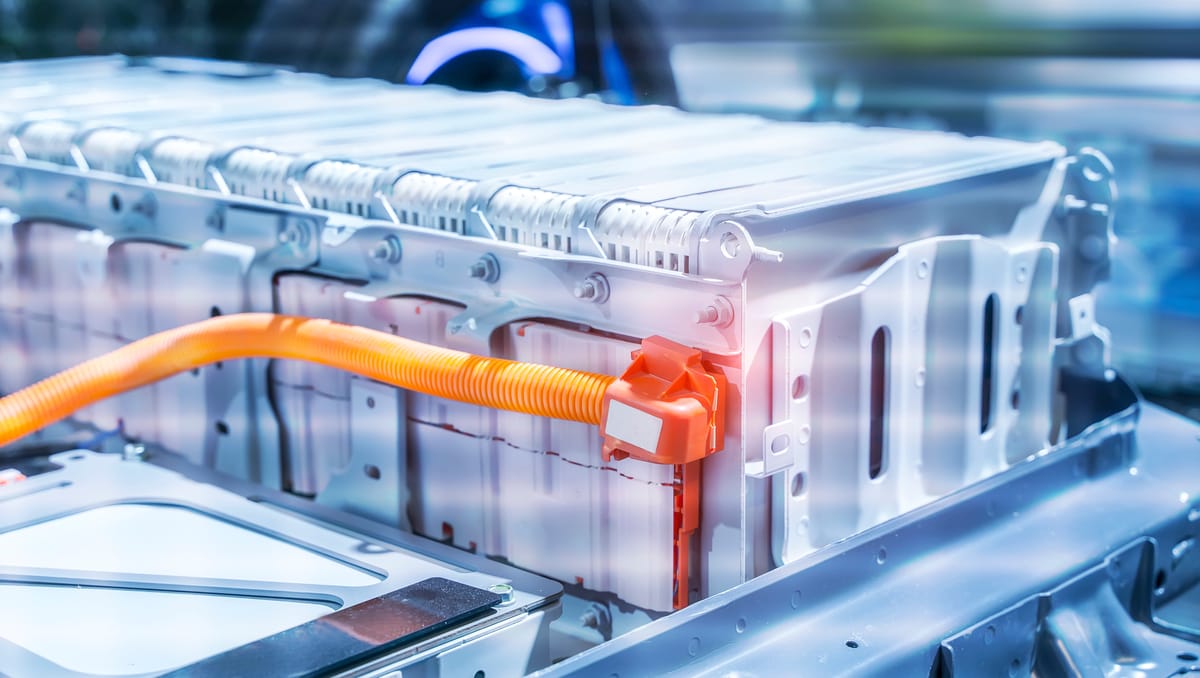This week, we're diving into the growing demand for energy that is fueling the growth of battery storage, a global milestone on renewable energy, and how rising trade tensions between the United States and China risk derailing progress on climate action.
California embraces big batteries: Behind China, California is the second biggest installer of giant batteries the size of shipping containers. These units store excess solar power generated during the day and deploy it during peak power spikes at night. On a recent night, batteries supplied more than one-fifth of the state’s electricity. Battery storage on America’s grids has grown tenfold over the past three years to 16,000 megawatts and is expected to nearly double in 2024, with Texas, California, and Arizona leading the charge. Meanwhile, battery costs have fallen by 80% over the past decade.
Growth of AI and data centers fuels battery growth: Data centers reliant on continuous electricity flows are driving demand for generators and batteries. Data center space grew by 26% in the United States in 2023. They are scooping up electrical gear for their build-outs, with one company, Schneider Electric, securing a five-year, $3 billion contract from Dallas-based Compass Datacenters. Another company, Caterpillar, saw sales of diesel engines for power generation grow by 29% in 2023.
Renewable energy provides 30% of global electricity: With wind and solar power growth exceeding fossil fuels, renewable energy made up 30% of global electricity in 2023. The energy think tank Ember says the decline of emissions from the power sector is “now inevitable” as the cost of solar generation continues to plummet following low-cost manufacturing out of China.
A city at sea: A project off Busan, South Korea, is working to create a large-scale floating city that will be able to house more than 10,000 people. The city is a collaboration between UN-Habitat, the architecture firm BIG (Bjarke Ingels Group), and the NYC-based technology company Oceanix. The effort hopes to allow cities coping with rising sea levels to expand in the future while building structures the team believes will boost biodiversity and ecological health.
Recycling wastewater: A circular system in the Hamburg Water Cycle in Germany sorts wastewater into three categories locally, reducing water use by 30% while generating enough electricity for 225 households and heat for 70. Other systems in Germany, Kenya, and Ghana are exploring opportunities to turn waste into fertilizer and fuels. Meanwhile, NASA announced last year that 98% of wastewater on the International Space Station was recovered.
Competition between two largest emitters heats up: John Podesta, the Biden Administration’s top climate envoy, hosted his Chinese counterpart, Liu Zhenmin, in Washington this past week for meetings Podesta characterized as “in-depth and productive.” While it’s critical that both countries work together to slash their emissions and scale green technologies to address the global climate crisis, trade tensions risk complicating collaboration. The United States and Europe are also worried about China’s grip on critical minerals for batteries and the production of low-cost electric vehicles. In response to the latter, the U.S. is slated to announce raising vehicle import tariffs on Chinese EVs from 25 to 100%. Meanwhile, China and European leaders consider $370 billion in subsidies from the Inflation Reduction Act passed in 2022 anti-competitive.


